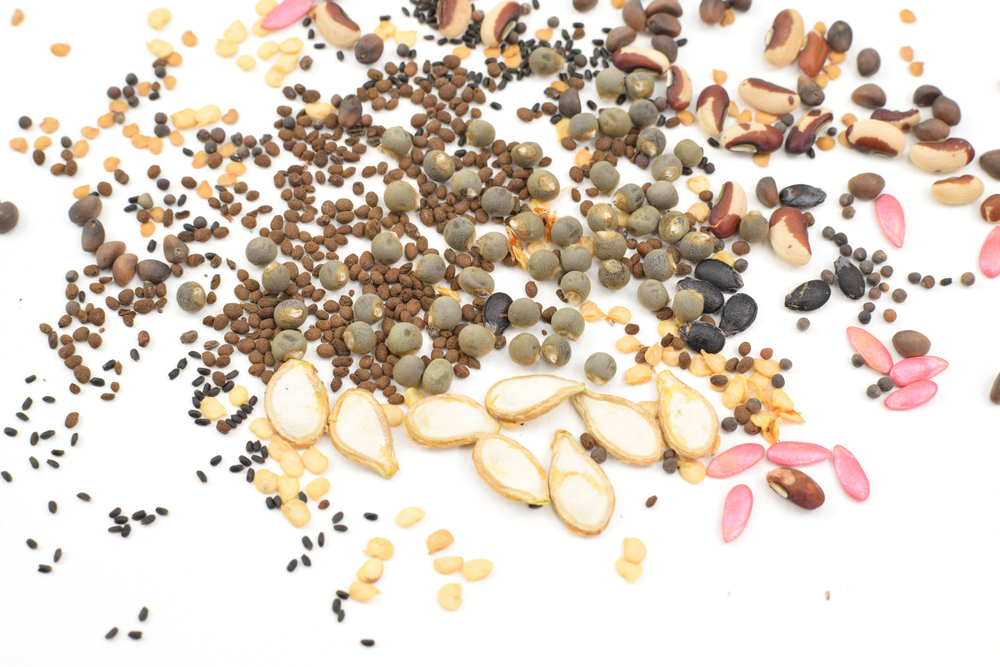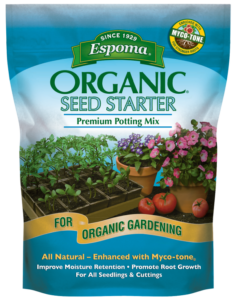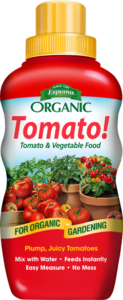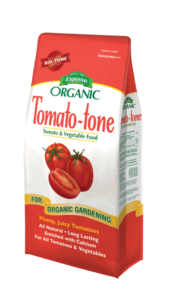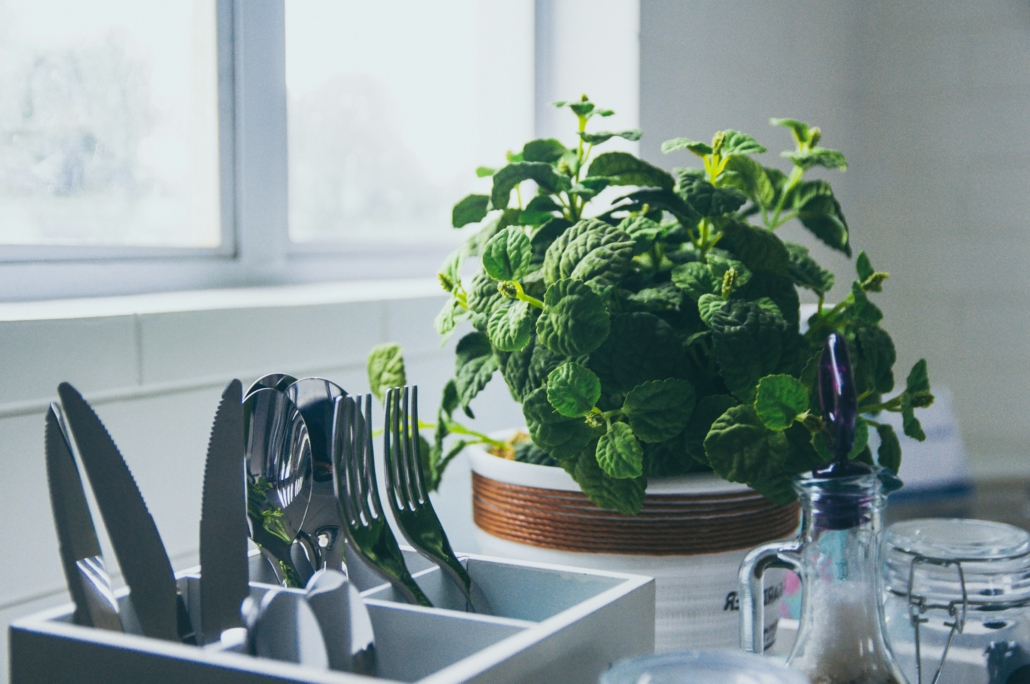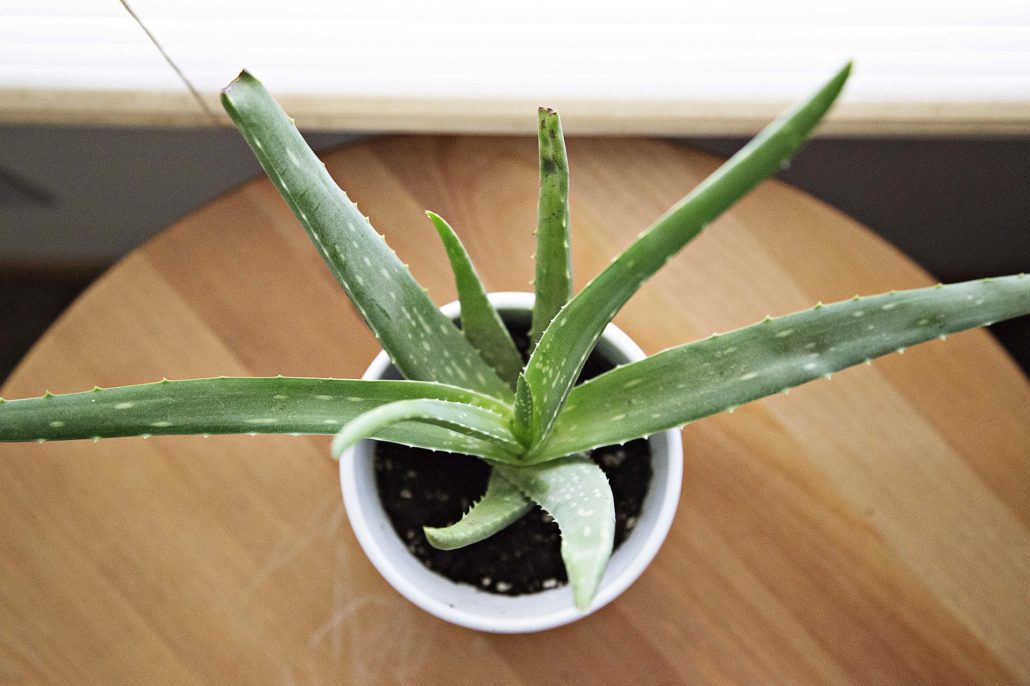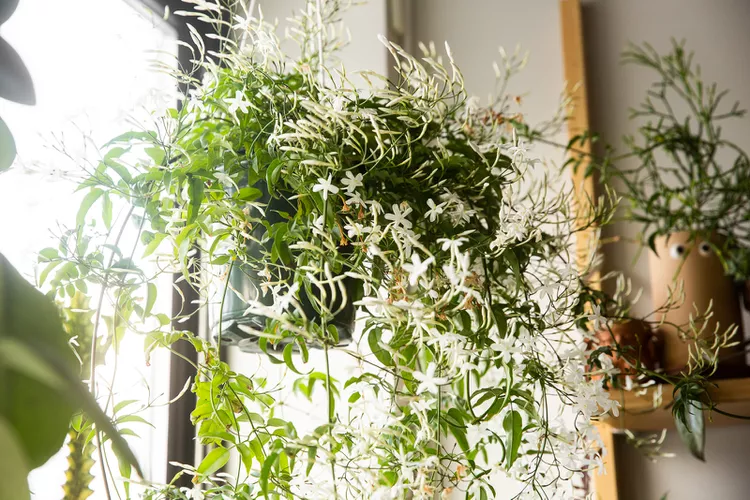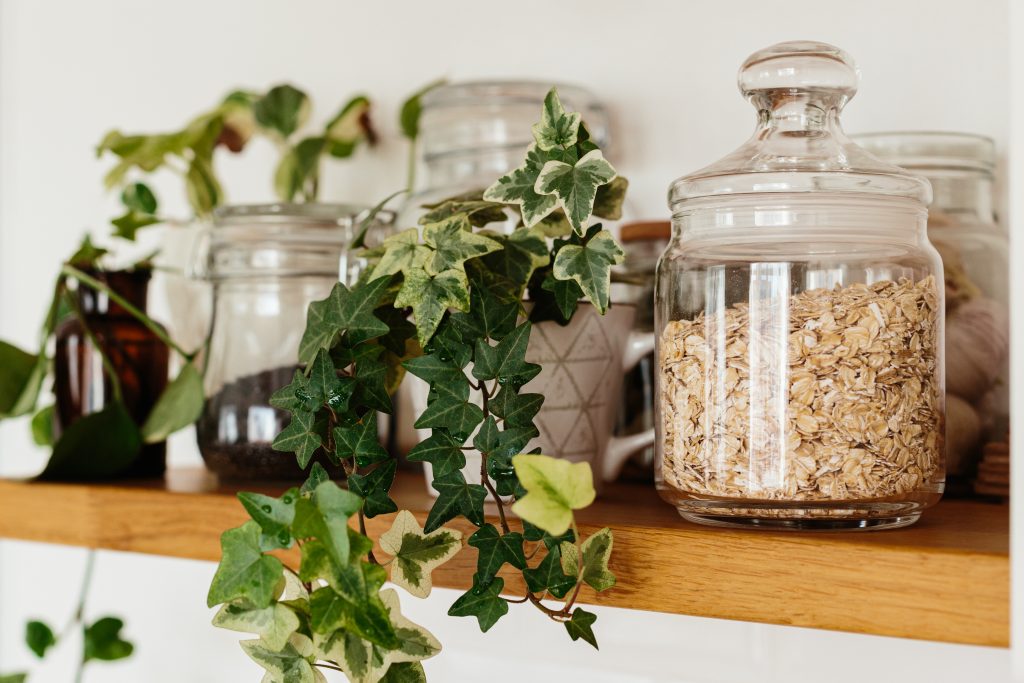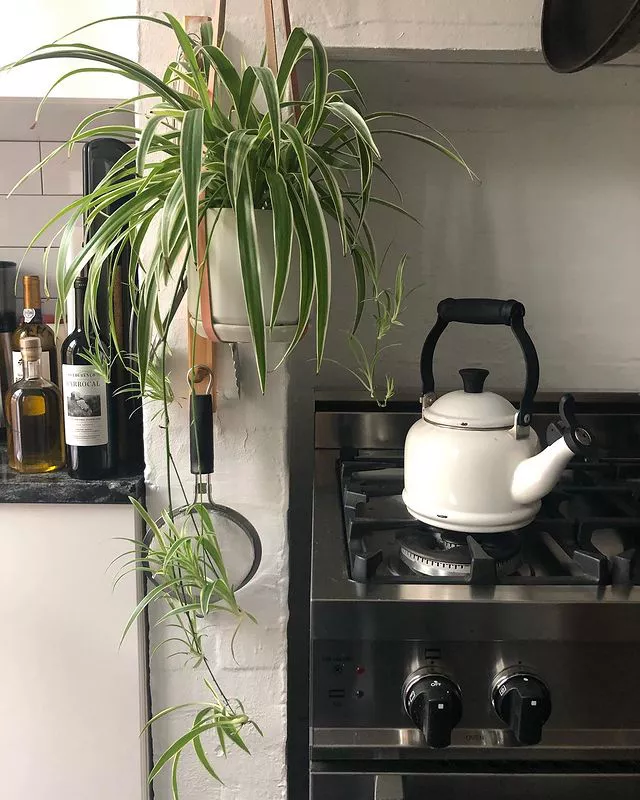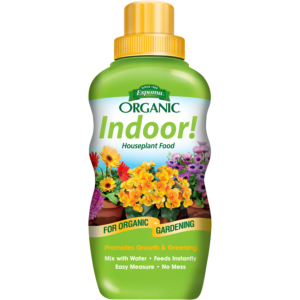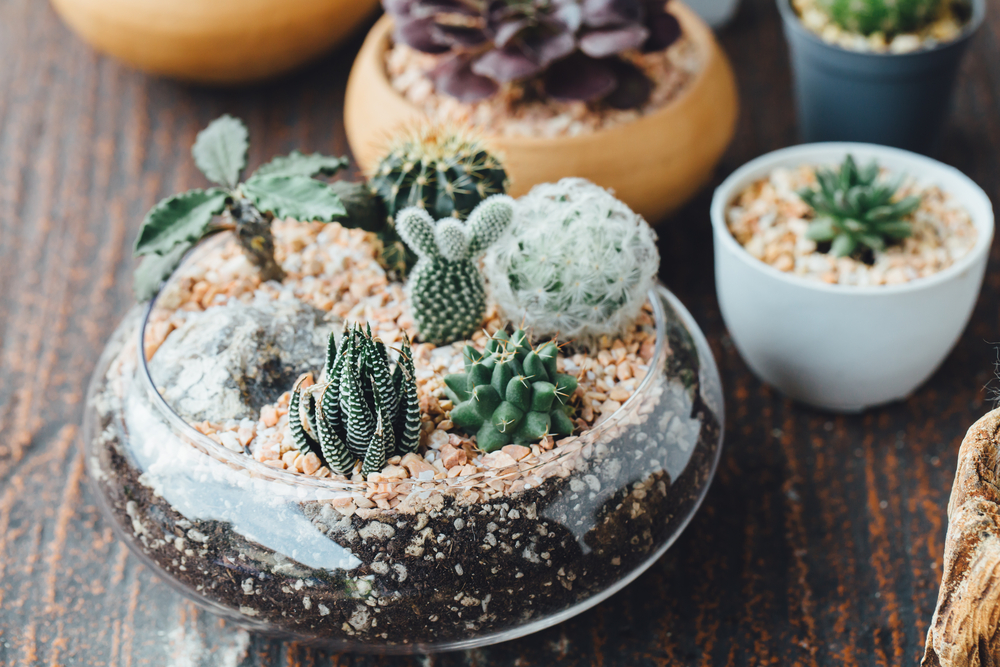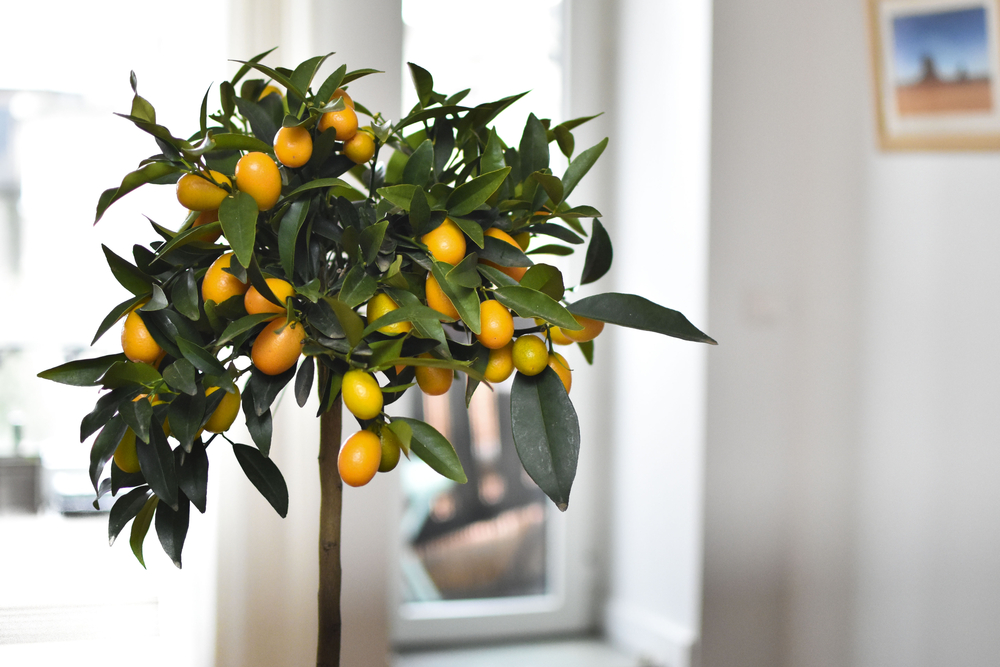Houseplants for the Bedroom
Your bedroom should be a sanctuary. The place to go at the end of a day and unwind, relax and rest. We’ve already shared the best houseplants for the kitchen; now let’s focus on the bedroom.
Unique indoor plants are the perfect solution to help purify the air and add serenity to your space. Plus, they can add natural color and exotic beauty to bedrooms.
Not all houseplants are the same. Some will let off CO2 while others release oxygen, which can really make a difference. The best indoor houseplants do the double duty – they help you relax while purifying the air in your room.
Here are our top picks for plants in the bedroom:
- Snake Plant
This plant is an excellent night breather, which leads to a better night’s sleep. It has tall pointed foliage and is easy to care for. Anywhere you need to add a little height, this plant will do the trick. The foliage can be green, yellow or white, with spots and lines of various shades. Read more about healthy houseplants.
- Bamboo Palm
With foliage that’s a little wild and crazy, this plant is certainly a showstopper. Bamboo palms bring color and warmth to bedrooms with their exotic textures. Plus this palm can be happy almost anywhere since it grows in low light. Plus, it is pet-friendly! Learn about more pet-friendly plants.
- Fiddle-Leaf Fig
The most popular houseplant of the moment, the fiddle-leaf fig, is a stylist’s dream accent. Its violin-shaped glossy leaves and mass will fill space in larger bedrooms. It truly is a plant that you will admire. Read more about oversized houseplants here.
- Orchids
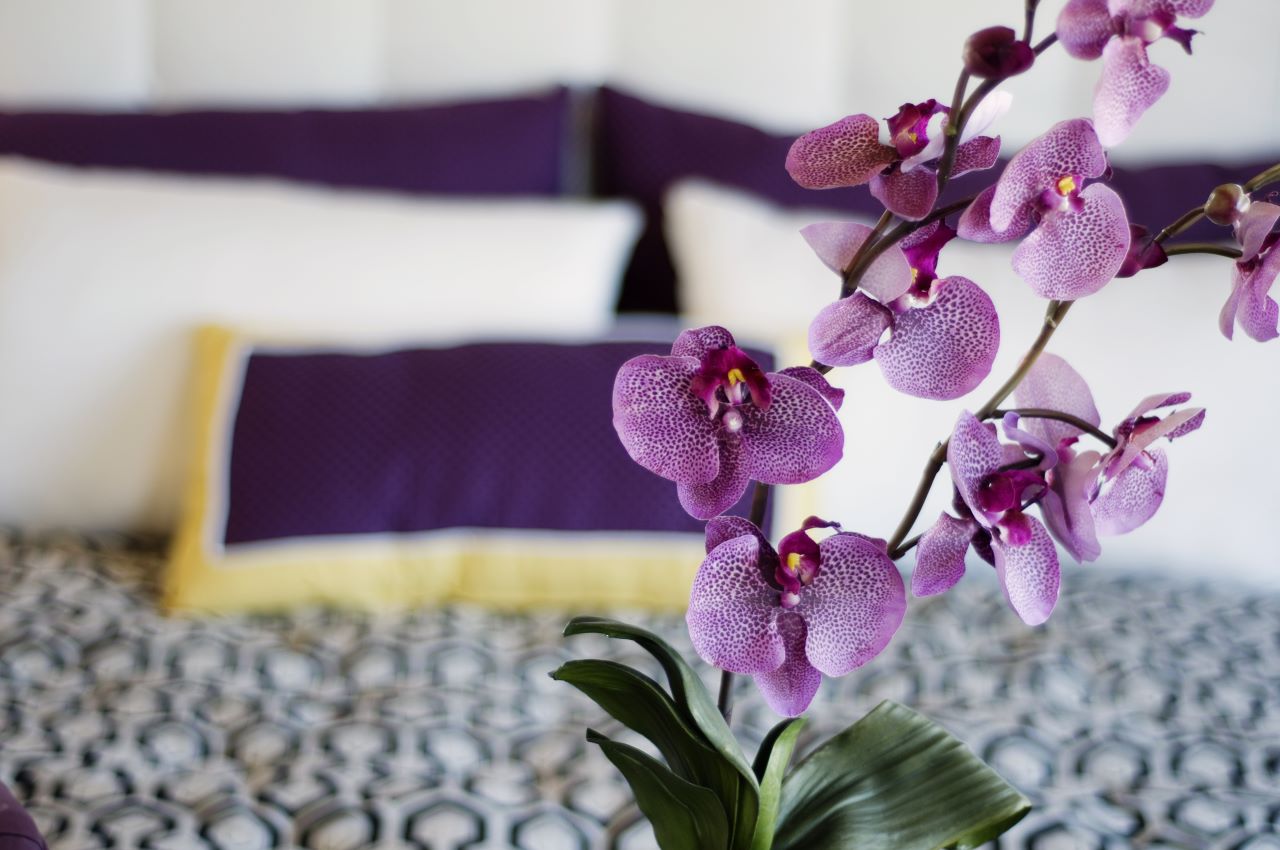
Orchids are perfect houseplants for your bedroom. Keep them happy with Espoma’s Orchid! liquid fertilizer.
Orchids are also excellent night breathers and offer gorgeous blooms. Orchids provide the perfect balance of elegance for décor and tranquility for health. With Espoma’s Orchid! Liquid fertilizer your orchid will be thriving and happy. Visit your local garden center to learn more about orchids. Learn more about orchid care.
- Dracaena
Most Dracena’s grow upwards with smooth strap-like leaves in various shades of greens, with white, cream or red touches. Depending on the species, the leaves can be short and pointy or long and grass-like, making this tropical plant even more unique. Read more about unique indoor plants.
Remember to keep your bedroom a place of relaxation and serenity to help unplug, unwind and sleep well. Feed your houseplants regularly with Espoma’s Indoor! liquid fertilizer to help keep them healthy and strong. Visit your local garden center to learn more.
Have a Christmas cactus that needs some care? Watch Laura help explain what these plants need to survive these cold months.

